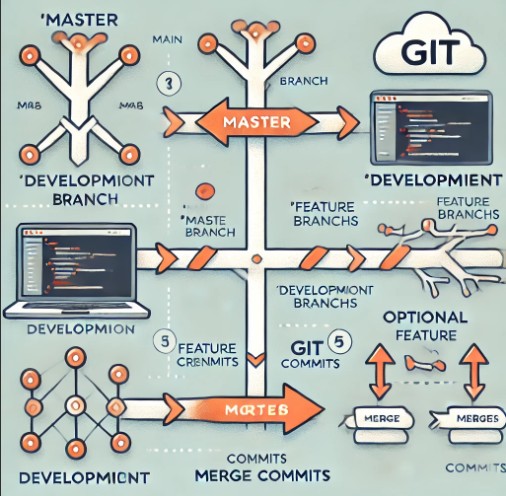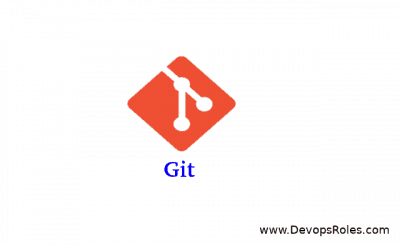Table of Contents
Introduction
In the world of software development, Git is a vital tool for version control, enabling teams to collaborate efficiently. One of the most common Git operations is merging a development branch into the master branch. This process ensures that the latest changes from the development branch are incorporated into the stable master branch. In this guide, we’ll cover everything you need to know about how to Git merge development branch to master branch, including best practices, conflict resolution, and real-world examples.
Understanding Git Branches
What Are Git Branches?
Git branches allow developers to work on different features, bug fixes, or experiments without affecting the stable codebase. The master branch (or main, as renamed in newer Git versions) serves as the main production branch, while the development branch is used for active feature development and testing.
Why Merge Development Branch to Master?
- Integrate new features: Ensure tested features are available in production.
- Maintain a clean codebase: Keep a structured development workflow.
- Improve collaboration: Merge approved code into the main branch.
- Reduce conflicts: Regular merges prevent large, conflicting changes.
Steps to Merge Development Branch to Master Branch
Step 1: Switch to Master Branch
Before merging, ensure you are on the master branch.
git checkout masterAlternatively, for newer Git versions:
git switch masterStep 2: Update Master Branch
Before merging, update the master branch with the latest changes from the remote repository to prevent conflicts.
git pull origin masterStep 3: Merge Development Branch
Run the merge command to integrate the development branch into the master branch.
git merge developmentIf there are no conflicts, the merge will be successful.
Step 4: Resolve Merge Conflicts (If Any)
If there are conflicts, Git will prompt you to resolve them manually. Open the conflicting files, edit them as needed, and mark them as resolved.
git add <conflicted-file>
git commit -m "Resolved merge conflicts"Step 5: Push the Merged Changes
Once the merge is complete, push the updated master branch to the remote repository.
git push origin masterBest Practices for Git Merging
1. Keep Development Branch Updated
Regularly pull changes from the master branch into the development branch to minimize conflicts.
git checkout development
git pull origin master2. Use Feature Branches
Instead of merging directly to the development branch, create separate feature branches and merge them into development before merging development into master.
git checkout -b feature-branch3. Test Before Merging
Run tests to ensure that the merge doesn’t introduce bugs.
npm test # Example for JavaScript projects4. Use Pull Requests
For team projects, use pull requests (PRs) to review code before merging.
5. Avoid Merge Conflicts
Regularly pull changes and communicate with your team to prevent conflicts.
Advanced Git Merge Scenarios
Merging with a Rebase
Instead of a merge, you can use rebase to maintain a linear history.
git checkout development
git rebase master
git checkout master
git merge developmentSquash Merging
Squash commits before merging to keep the history clean.
git merge --squash development
git commit -m "Merged development branch with squash"Aborting a Merge
If you encounter issues, you can abort the merge and reset.
git merge --abortFrequently Asked Questions (FAQs)
1. What is the difference between git merge and git rebase?
git mergecreates a new commit combining both branches.git rebasemoves the development branch commits on top of the master branch.
2. What happens if there is a merge conflict?
Git will notify you of conflicts, and you must manually resolve them before completing the merge.
3. How can I undo a merge?
If a merge was completed but needs to be undone:
git reset --hard HEAD~1Note: This will erase uncommitted changes, so use with caution.
4. How often should I merge development into master?
It depends on your workflow, but ideally, after features are fully tested and approved.
5. Should I delete the development branch after merging?
If the development branch is no longer needed, delete it to keep the repository clean:
git branch -d development
git push origin --delete development
External Resources
Conclusion
Merging the development branch into the master branch is a crucial step in maintaining a clean and organized Git workflow. By following best practices such as updating branches regularly, using feature branches, and resolving conflicts proactively, you can ensure a smooth and efficient development process. Mastering Git merge techniques will help you collaborate effectively with your team and maintain a high-quality codebase. I hope will this your helpful. Thank you for reading the DevopsRoles page!

